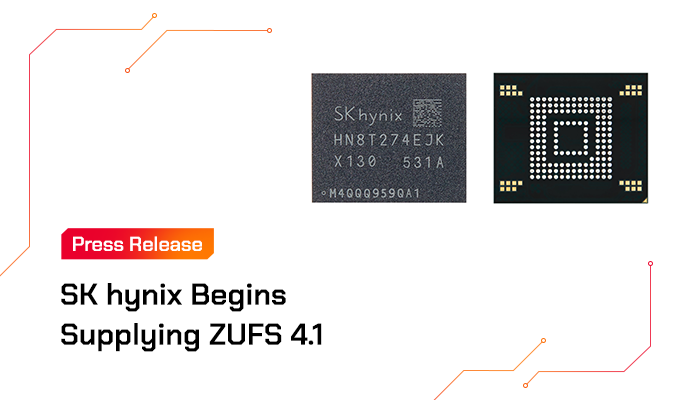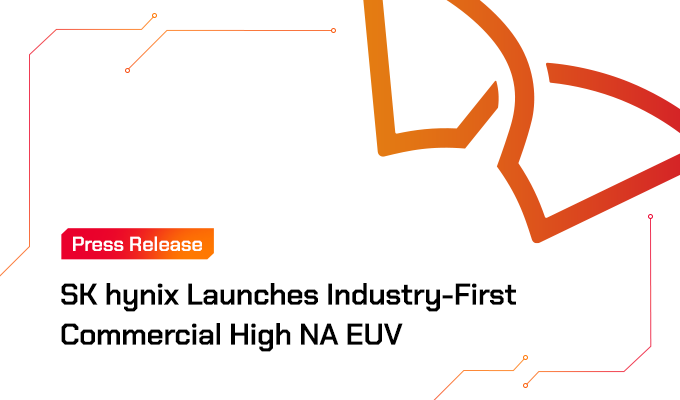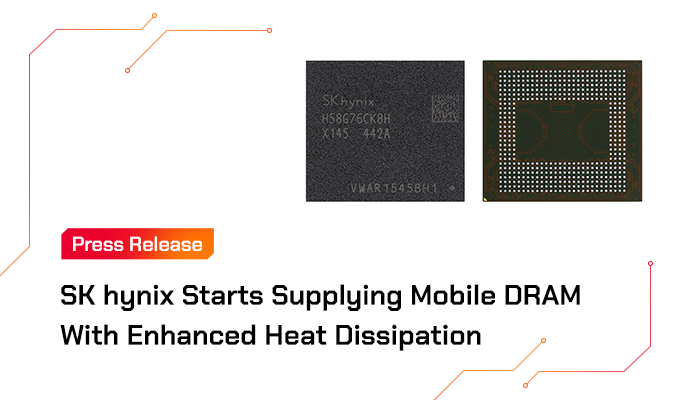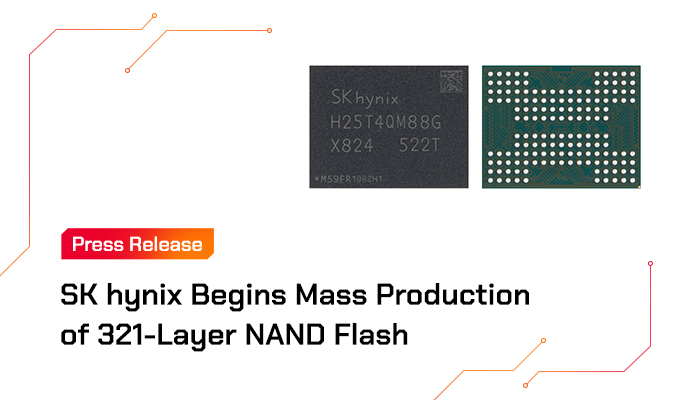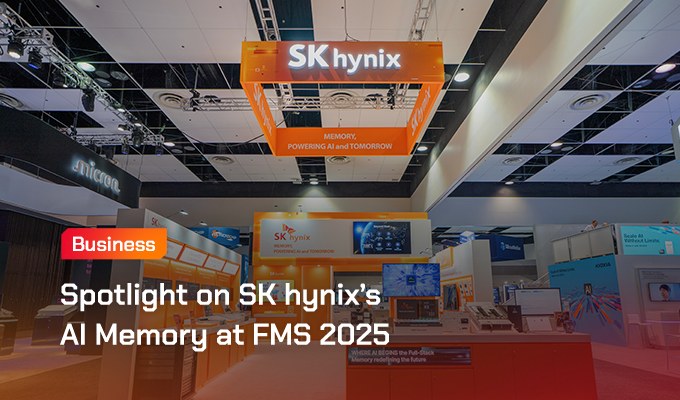In the era of Big Data, the semiconductor industry faces challenges due to the limitations of semiconductor manufacturing and the rising costs of making smaller components. To solve this problem, SK hynix is committed to developing competitive and innovative memory solutions that will help bridge this gap between customer needs and available technology.
Many people are familiar with semiconductor memory, such as DRAM and NAND, both flagship products of SK hynix, but perhaps not so much with memory solution technology.
In this latest EE Times column, SK hynix’s head of SoC Junhyun Chun discusses NAND and DRAM solutions, their importance, and how SK hynix is developing differentiated memory solution technology to gain a competitive advantage.
NAND memory provides high-capacity storage space and does not lose data even if the power is turned off. It does, however, have some weaknesses such as larger units of read/write operation memory, slower speeds, and limited rewrite cycles.
These limitations can be mitigated with a NAND solution, which plays a crucial role in ensuring NAND memory operates as a product that is usable and efficient.
Meanwhile, DRAM is used to store the programs and data needed for processors to operate. Unlike NAND, it did not require a dedicated solution. But as the need for high-capacity DRAM increases, DRAM solutions, which are relatively new in the market, are becoming increasingly important.
For this, CXL (Compute Express Link) has emerged as a new standardized interface, and SK hynix, among others, launched a consortium in 2019 to prepare for CXL’s commercialization. In particular, SK hynix has developed a DDR5-based CXL solution and is collaborating with major partners worldwide to expand the CXL memory ecosystem.
Read Junhyun Chun’s article in full here: How SK hynix’s Memory Solution Technology Gives It an Edge in the Market





